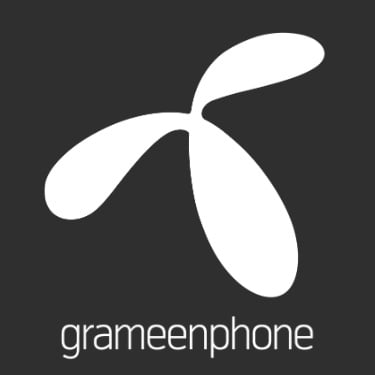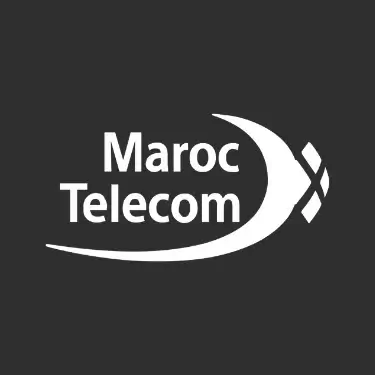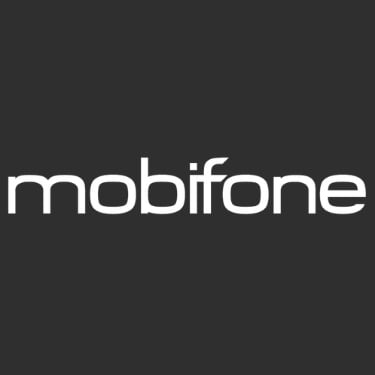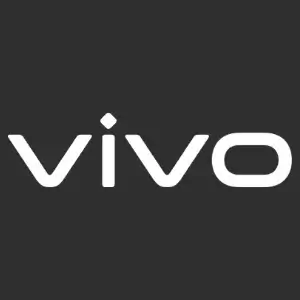As 5G technology slowly continues to be rolled out throughout the globe, lets dive into one of its long-awaited application: indoor location. Can 5G bring bridge the gap between accuracy, reliability, and speed?
Why 5G?
Significant increase in throughput, reduction in latency, densification of the network… The 5th generation of mobile telephony standards will bring out innovative services in the fields of virtual reality, the Internet of Things (IoT), or the factory of the future.
The first improvement is obviously the speed of data transmission which will go above 10 Gbps. The other advance of 5G technology is the drastic reduction in latency, which will go from 10ms to 1ms. In the world of IoT, 5G will allow countless objects to be connected without any loss of performance.
Indoor geolocation in 5G
For many years, the field of geolocation has been dominated by GPS, whether in the business world or that of individuals, giving a position with an accuracy of up to 20 or even 10 meters.
But today, users need more accuracy and faster times to determine a position, especially indoors. This is where GPS technology reaches its limits. To meet these needs, 5G is a great candidate.
In the era of Industry 4.0, economic actors seek to rationalize and optimize each operation of their factories, in particular the location and monitoring of equipment. Being able to easily identify and locate objects has become a priority.
5G uses mechanisms that improve indoor location. Among the emerging technologies in indoor location, two stand out: Time-of-Arrival (TOA) technology and Angle of Arrival (AOA) technology.
Observed Time Difference Of Arrival (OTDOA) is one of the positioning methods originally introduced for 4G LTE and has been extended to 5G NR. OTDOA relies on the UE measuring the time difference of the positioning reference signal (PRS) received from multiple cells and uses it to calculate its position with the help of a location server.
Concerning the AOA (Angle Of Arrival) technology, the latter exploits the angle of arrival of the signals emitted by a mobile Tag intended for at least 2 surrounding antennas and thus makes it possible to obtain a location in real time (RTLS) with submeter precision. These two indoor tracking technologies will undoubtedly grow and be deployed on many projects over the coming year.
Over the past 12 years, Intersec has developed a comprehensive catalog of active and passive geolocation integration schemes, providing cellular, subcellular, and indoor accuracy. 5G achieves unprecedented precision thanks to the use of millimeter waves and beamforming, unleashing the potential of the RF Fingerprinting technology. By combining those geolocation techniques in the 5G ecosystem, the Intersec platform enables a higher spatial and temporal accuracy, optimizes network resources, reduces blind spots, and provides enhanced tracking capabilities.
To learn more about the topic, view our webinar "Geolocation in 5G: technological landscape and promising use cases" in which our experts elaborate on today’s geolocation technologies, the benefits of 5G positioning, and what related use cases could be of added-value to MNOs.
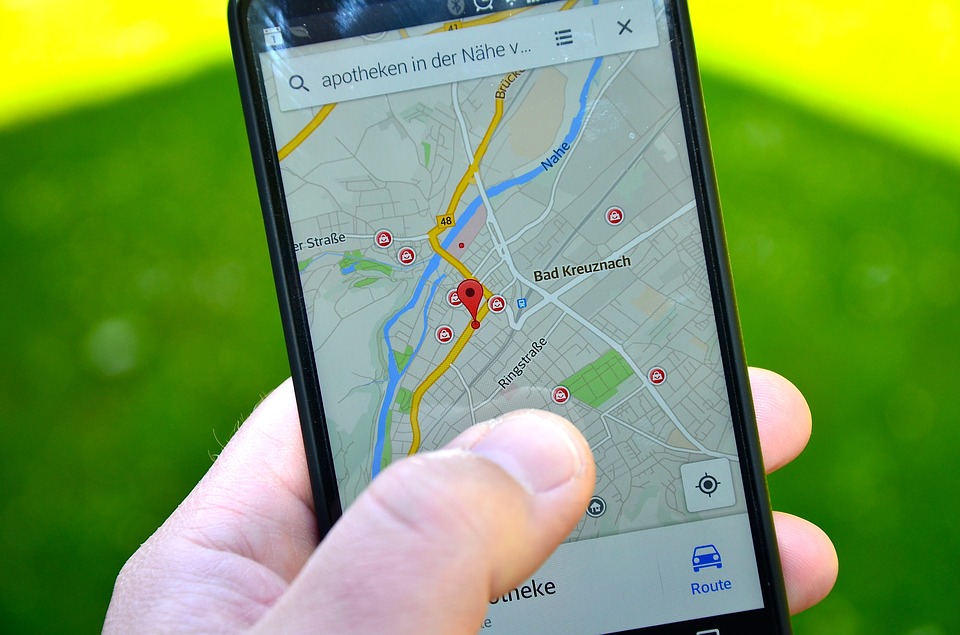 How 5G will influence indoor geolocation strategies" />
How 5G will influence indoor geolocation strategies" />

.jpg)
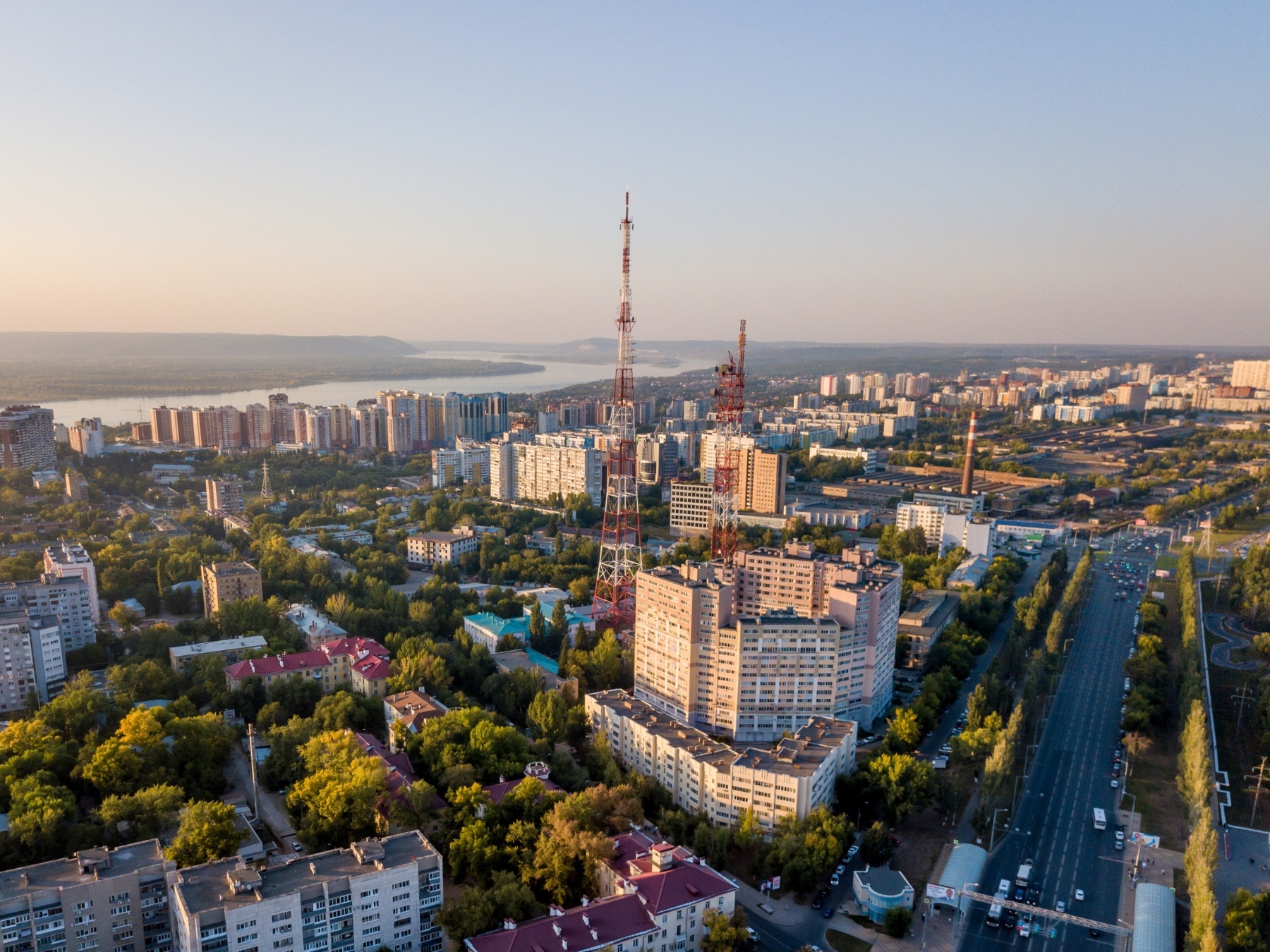








.webp)


.webp)
